Melissa Bridges is a 29-year-old nurse, mother of two, and egg donor to women who can’t have children. She is responsible for four babies and three more on the way.
One day, I was working at a hospital and I heard crying, so I went to find out what was wrong. One of the nurses was in tears; her seventh IVF cycle had failed.
She was saying, “What if my husband leaves me because I can’t give him a baby?” I wished I could help her, but at that stage, I didn’t know donation existed.
Related: I love my son’s cleft palate
A few weeks later, I found an “egg donor wanted” ad. I thought many people would apply and they wouldn’t want me. Still, I Googled it and was fascinated. Here were people just like me, only they couldn’t become mothers.
I tried to find something that would put me off, but instead I found an ad from the Gold Coast, where I live. I met the woman and we had coffee together. I just knew.
They had been trying for 13 years — they’d done IVF, acupuncture, herbs — she would have done anything to have a baby. I offered, she accepted, and a few months later she was pregnant with her little boy. I really fell in love with the whole thing.
My husband, Chris, and I have two children, and he has two children from his previous relationship. He’s fine with it.
He comes around to the Egg Donation Australia events and works the barbecue with the other husbands. Because we’ve made so many good friends through the site, we jokingly call them the EDA Widowers.
He supports me, even though he knows more than most guys what the risks are. When I had a bad reaction to one of my donor cycles, he was there for me.
That was a case of ovarian hyper-stimulation. Your ovaries can get swollen and you feel a bit of pain. In extreme circumstances, you can be hospitalised.
When you donate an egg, you generally synchronise your cycles with the recipient. You might both be on the pill, and come off the pill. You’ll do 10 to 13 days of what we call follicle stimulation hormones; small, pen-sized injections once a day.
Then 10 days later they’ll do a trigger injection, which ripens the fruit. A woman’s body naturally has small amounts of this hormone, but we take extra because we want to produce more eggs than usual — maybe between five and 25.
Then, 36 hours after the last injection, we go under a general anaesthetic, and they take out the eggs. I think some people find the procedure harder than others, but most donors describe it as mild discomfort.
It’s not difficult, as long as you look after yourself — the blood tests and needles in the tummy every day are a mild inconvenience.
Once the eggs are collected, they are fertilised with sperm — usually that of the woman’s husband — and most will fertilise.
Three-to-five days later, an embryo will be transferred to the mother, and two weeks later she has a blood test to see if there’s a pregnancy.
One of the questions people ask me all the time is, “Don’t you look at that child and think ‘that’s mine’?” My answer is that I’ve got my two girls, and I’m satisfied I’ve finished my family.
Related: Are your hormones making you fat?
I’ve met the children, I keep in contact with the mums. I look at the children with mild curiosity. But my relationship is not with the children, I feel no bond with them whatsoever.
I think when you have your own children the bond is born, it’s those days and nights of nurture. It’s the care and the love you put into them, not the genetic material.
For more information, visit eggdonationaustralia.com.au.
Read more of this story in the September issue of The Australian Women’s Weekly.
Your say: Would you consider donating an egg to help a childless family have children?

Video: Three parent babies

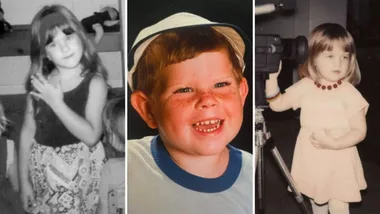

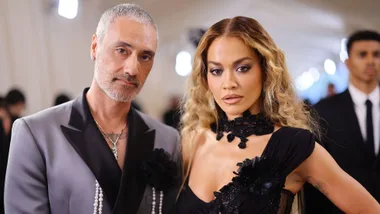
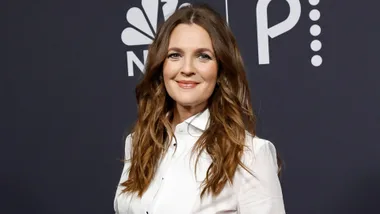
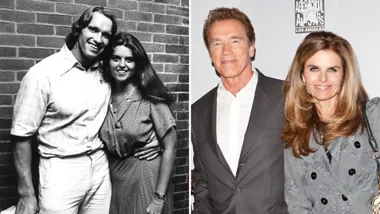

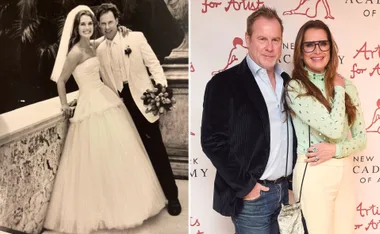
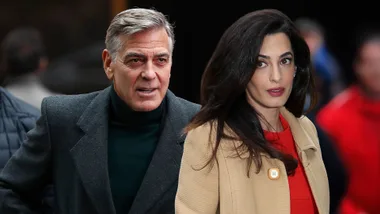
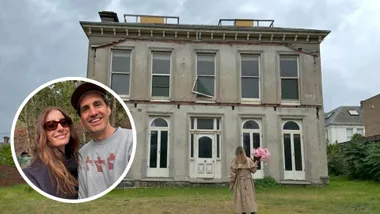
.png?resize=380%2C285)
